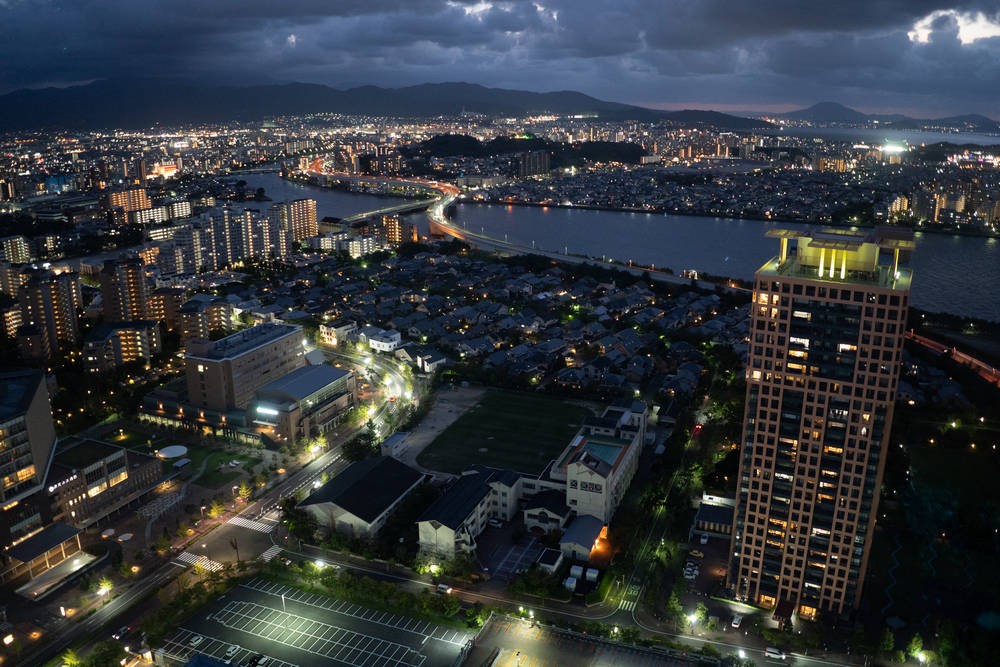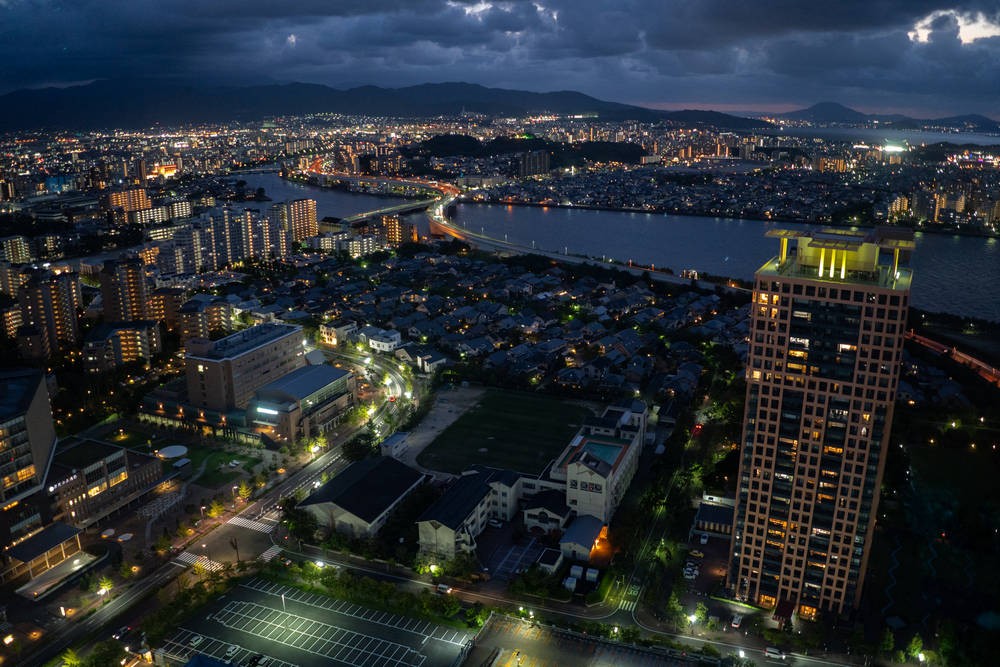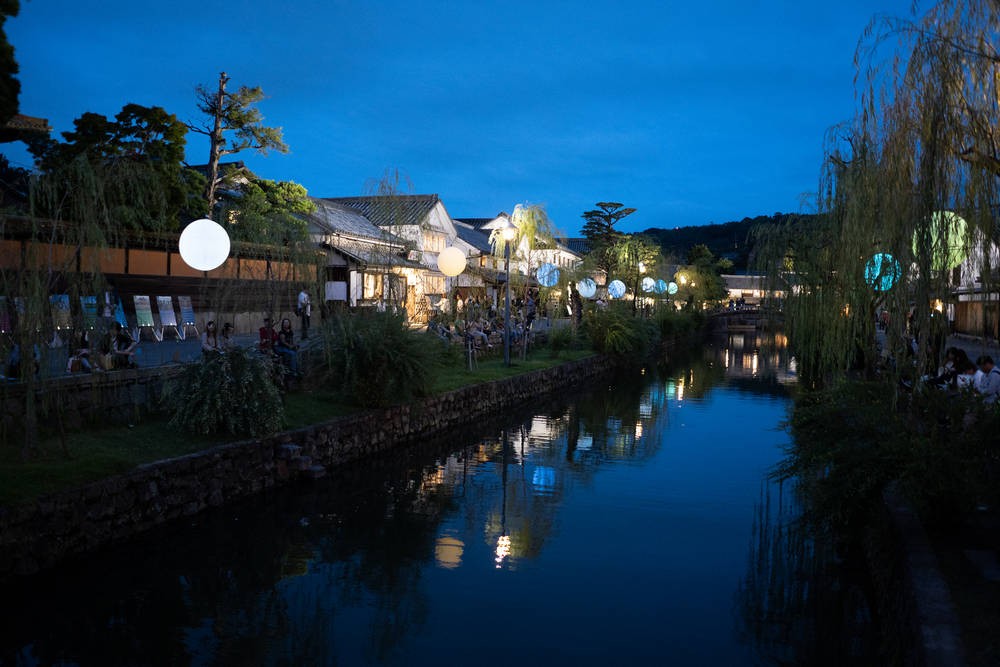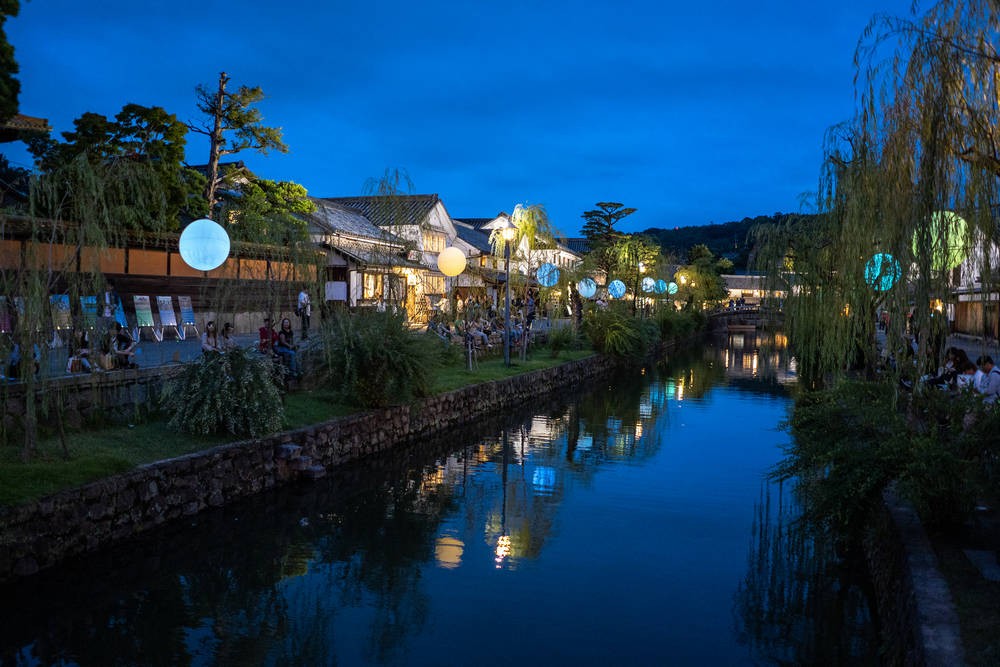At our last trip this year to the Maldives, I brought along a range of equipment: the Sony A73, two lenses (FE 24-105mm and Tamron 70-200mm f2.8), the Canon G7X II, the GoPro Hero 7 Black, Olympus TG-5, and the InstaOne 360 One X. In addition to the Samsung Note 9, all of these items got some minimum use at least. This trip, the equipment that came along were the A73, the FE 24-105mm – don’t leave home on a trip ever without it – the FE 28mm f2 that I blogged about before this trip, the Canon G7X II, the InstaOne 360 One X, and a new DJI Osmo Pocket. Interestingly, I ended up not using the One X at all, and the G7X II only on occasion.
Here are the numbers for this trip:
Sony A73: 3,635 photos in .ARW RAW format
Oppo Reno 10x Zoom: 1,316 photos in .JPG format + 11.3GB of 38 videos in 4K 60fps video using the H.264 codec
DJI Osmo Pocket: 85.1GB of 111 videos in 4K 60fps H.264 codec
Canon G7X II: 232 photos in .CR2 RAW format
Of the 4,951 photos I took this trip, I’m keeping 3,283 of them and all the videos – making up about 144B of data: 62.4GB of images and 81.9GB of 4K video – 71.6GB on the Osmo Pocket and 10.2GB on the Oppo Reno. That’s a keeper rate of 66.3%, and improving from the last three trips of 65.4%, 56.5% and 57.2% I hit during the Maldives, Taiwan and Western Australia trips respectively.
| Trip | Photos taken | Videos taken | Storage used | Photos kept | Keeper rate |
|---|---|---|---|---|---|
| Western Australia | 5,828 | No records | 77GB | 3,331 | 57.2% |
| Taiwan | 7,422 | 182 | 148GB | 4,200 | 56.5% |
| Maldives | 2,320 | 137 | 82.4GB | 1,518 | 65.4% |
| Chūgoku & Kyushu | 4,951 | 149 | 144GB | 3,283 | 66.3% |
Further-on comments for each toy that came along for the trip:
At this stage, I’m confident that the Sony A73 will get me through a full day of photography on a single battery. The heaviest day of shooting was on Day 07 at Okayama and Kurashiki, and over a 12 hour period, and I took around 980 pictures, none of which were on drive mode. I charged the A73 with a Powerbank about midway, so can’t say with absolute certainty what the battery level would had been if I’d not done that – but I’ll put it conservatively that the battery level would had still been at least 30% i.e. plenty of buffer still.
There continues to be a debate in Internet forums whether the Tamron 28-75mm f2.8 Di III RXD or the Sony FE 24-105mm f4.0 is a better lens for travel. Basically, the persistent debate between longer reach or the ability to shoot at faster speeds permitted by the wider maximum aperture. In my mind, there’s no debate: the longer reach on the Sony FE outstrips the advantage of a single extra stop of light.
I decided to also bring the Sony FE 28mm f2.0 rather than the Tamron 70-200mm f2.8 this trip, and that turned out to be the right decision. Those nifty evening photos at Fukuoka Tower and Bikan Historical Quarter on Days 02 and 07 were using this prime lens, and the f2.0 stop permitted ISO and shutter speeds of about ISO4000 and 1/40s at low light. I’d give some serious thought whether this prime should come along in place of the FE 16-35mm f4.0 for our December Japan trip.
Unlike the last few trips, the Canon G7X II saw comparatively little use, outside some photos of breakfast at the Hotel restaurants and cafes. There wasn’t a particular definitive reason for that: I was already carrying so much stuff in my sling bag that the G7X II ended up being left in the hotel room each day.
The DJI Osmo Pocket was incredible. Battery life was more than sufficient for each day’s shooting, though to be safe, I charged it using the Powerbank during the longer days – that it charges quickly helped too. That said, the recorded audio levels were, oddly, very low. I’ll have to further check on this to see if it’s because of an accidental setting in the device.
Some further-on notes on processing Lightroom, and some comparisons to the evening shots up on Taipei 101’s Observation Deck last year in December. The lens I used this time was the Sony FE 28mm f2, compared to the slower FE 24-105mm f4 last year. The evening photos this time are also in good shape, and there was more light to work with than last year too.
Sample #1 @ Fukuoka Tower: 1/30s, f2, ISO3200, 28mm. Highlights – 100, Shadows +4, Whites +15, Dehaze +15.


Sample #2 @ Bikan Historial Quarter : 1/40s, f2, ISO4000, 28mm. Highlights -75, Shadows +56, Whites +47, Dehaze +11.


Next post is the first of two parts on trip reflections!
Recent comments